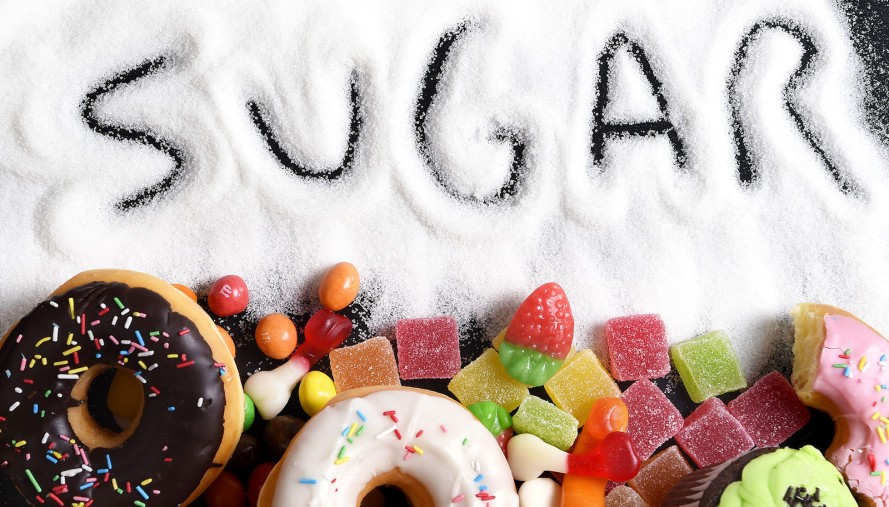The amount of sugar we consume is making us more and more unhealthy, and we probably have no idea just quite how much sugar we have in our diets.
The government have announced that there will be a tax on sugary drinks, which means that most manufacturers are expected to pass it on to consumers in the form of higher prices. We’re consuming too much sugar as a nation, so maybe it’s time we started questioning our food choices and make a conscious effort to cut down on the amount of sugar we eat.
The maximum daily sugar intake shouldn’t be more than 5% of our daily energy intake according to the NHS. Here is a list of what you should be consuming:
Children (aged 4-7) is 19g – equal to 5 cubes or 5 tsp
Children (aged 7-10) is 24g – equal to 6 cubes or 6 tsp
Children (over 11) and adults is 30g – equal to 7 cubes or 7 tsp
But if we’re consuming too much, what can we do about it? Here we’ll look at some of the things we can look out for, and what changes we can make to our diets.
Cut out any sugar you’re adding to drinks and meals yourself
If you have three hot drinks a day with one sugar in, then you’re already halfway to your recommended daily sugar allowance. Try to reduce how much you add to your hot drinks and you’ll be well on the way to making a difference to your diet. Sauces like tomato ketchup also add a significant amount of sugar to our diet. With 23 grams of sugar per 100 grams, so you might want to re-think adding this to your plate at dinner times.
Be careful of hidden sugar
We should also be aware that just because the word ‘sugar’ may not be listed within ingredients, that it is often still there but under a different name. Something else to consider, is that just because food and drink items have no added sugar, it doesn’t mean that they’re sugar free.
These alternative words indicate that sugar has been added:
Glucose, sucrose, maltose, honey, molasses, maple syrup, glucose syrup, hydrolyzed starch, corn syrup, agave nectar, coconut palm sugar, treacle.
Beware of fruit drinks
We all think that fruit drinks are good for us because they’re made from fruit, however we might be being fooled.
A 330ml can of Coca-Cola contains 35 grams of sugar. The same amount of orange juice only contains 3 grams less than the unhealthy alternative. For a healthy low-sugar drink, you could create your own flavoured fizzy drink by using carbonated water and pieces of fresh fruit.
Change how you shop in general
Keep an eye out for the nutrition labels on food packaging. You should make a conscious effort to pick healthier alternatives with lower sugar, but also be aware that there could also be higher amounts of fat or salt to compensate for this. The less red labels and more green labels on packing, the better it will be for you. Avoid buying those tempting sugary snacks. If they’re not in your cupboard, then you’re going to be less tempted.
Try to slowly cut down
Public Health England has launched an app which works by scanning bar-codes, to reveal the amount of sugar in cubes or grams in a packaged item of food. The app has been designed to raise awareness of how much sugar is contained in everyday food and drink and make us more aware of how much sugar we’re consuming. It works on over 75,000 different products, which will help you make informed decisions on what foods you should be eating or even giving to your children. You can download the app here.
We should really be keeping tabs on how much sugar we’re consuming day to day. By being aware of our diets and what is in our food, we can make a conscious effort and become healthier and happier! Let us know how what you do to reduce your sugar intake, by sharing it with us on our Facebook page.




